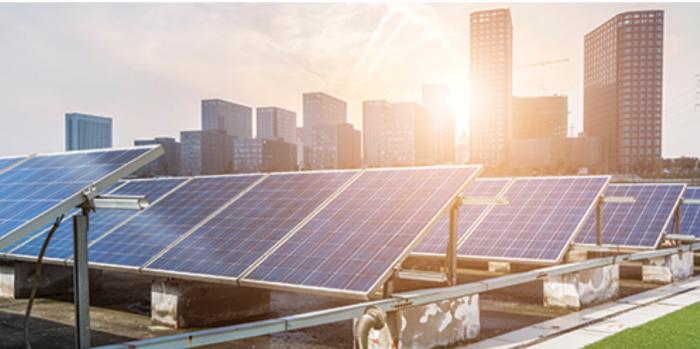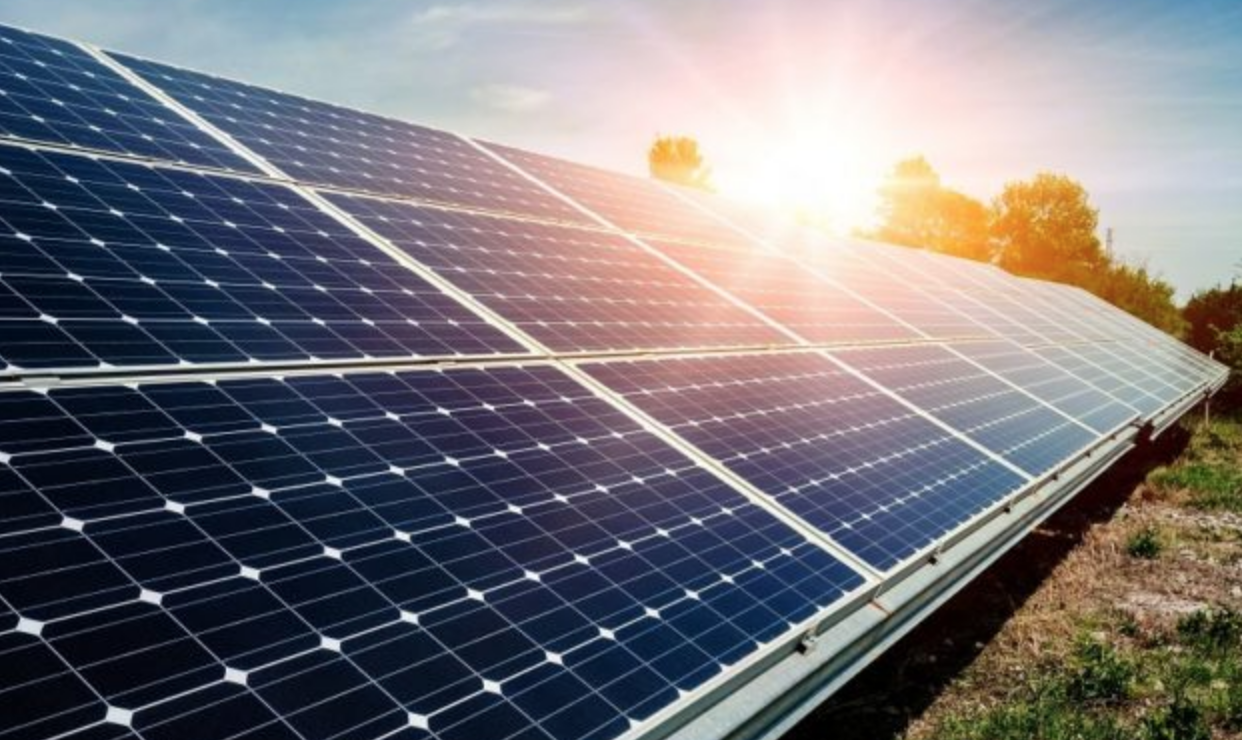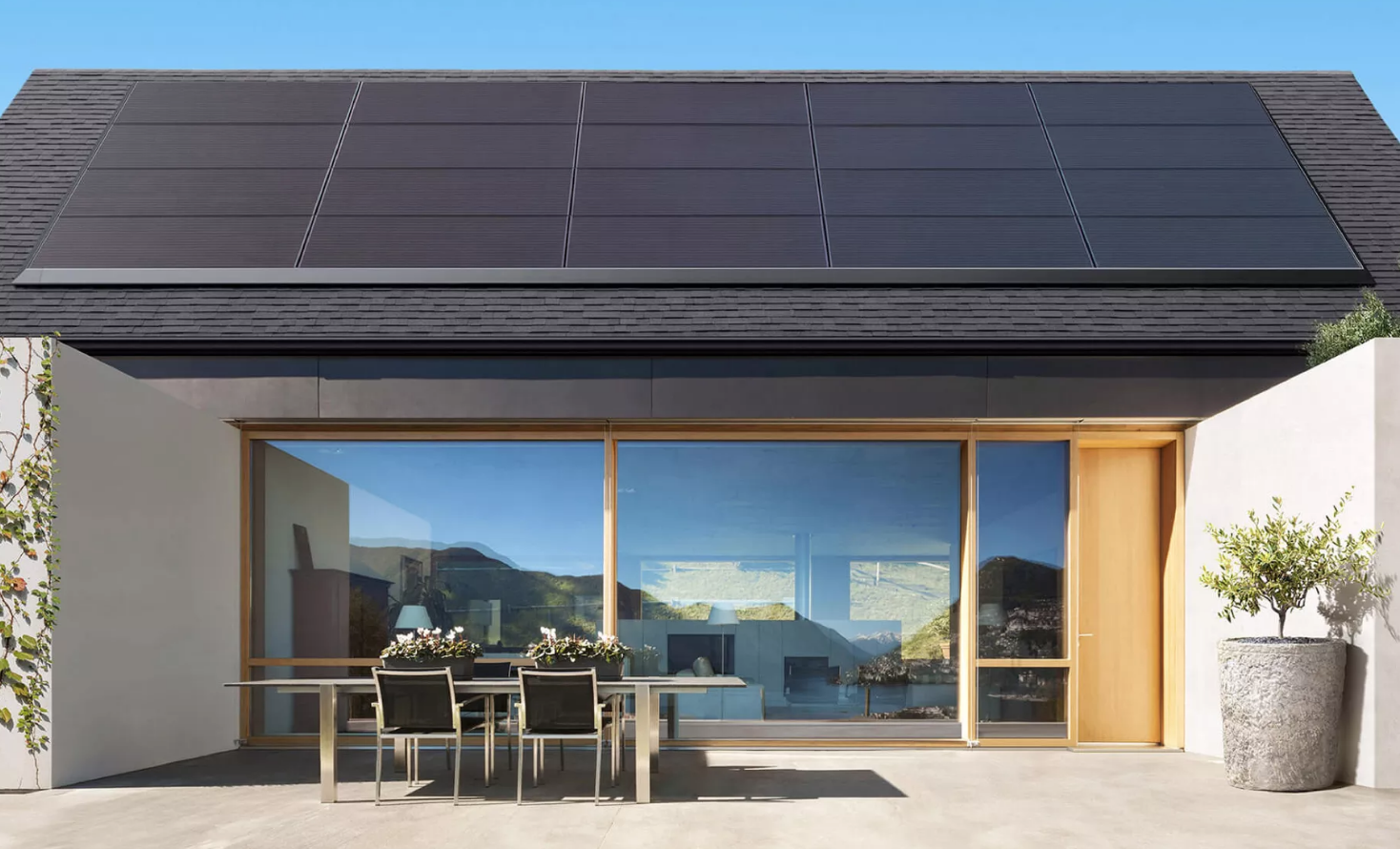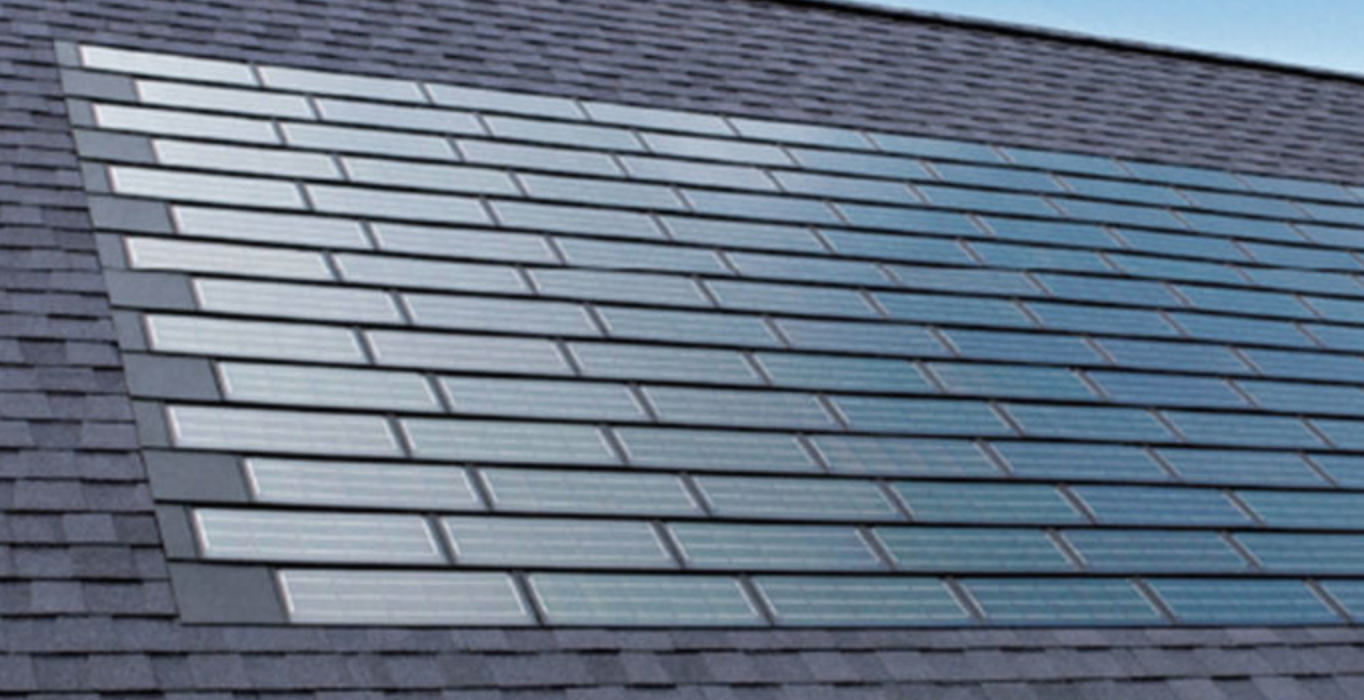Solar Panels - Making Efficient Choices for Your Building


The demand for solar panels has been growing exponentially, particularly in the last decade, with rapidly declining costs and environmental awareness driving this popularity. According to SEIA, the Solar Energy Industries Association, in 2019 the US achieved 2 million solar PV installations. To determine whether solar energy is a wise investment, it is necessary to take into consideration the architectural structure of each specific building and the amount of energy needed to run the building.
Solar panels reduce energy usage and can even produce energy for an entire building, helping to achieve net zero or even or even net positive energy usage. A zero energy building produces enough renewable energy to meet its own energy consumption needs, saving energy and money, and also reducing the demands for nonrenewable types of energy. A net positive building produces more energy than it consumes and often contributes the excess energy back to the grid or to other uses.
An example of a net-zero energy building that is operating solemnly on the energy collected by the solar panels is the consulting firm “Petinelli” in Curitiba, Brazil. The 25-person office space has solar panels providing around 125% of the energy needed to run the entire building.
The Adam Joseph Lewis Center for Environmental Studies, located on the Oberlin College campus in Oberlin, Ohio, is another example of a Net Zero Energy site energy building. The Lewis Center produces 60 kilowatts through a roof mounted PV system and a 100 kilowatts through a ground mounted PV system. When the solar panels generate extra electricity all the excessive amount is exported to the City of Oberlin.
The tallest building in the world is another example. “Burj Khalifa” in Dubai, United Arab Emirates uses 384 solar panels to save 3,200 kilowatts of energy per day providing heat for 140,000 litres of water.
How to calculate the ideal amount of solar panels for your building?
Solar panel efficiency is determined by the amount of wattage the solar cells can produce. Each panel has a specific size and wattage that determines its efficiency (which is the amount of energy it can produce per hour). The typical residential solar panel dimension, depending on the manufacturer, is about 65 inches x 39 inches, and the wattages vary from 250W to 370W per hour a day.
Another factor that impacts solar system efficiency is the building location and sun orientation. Due to the Earth position, the equator line is closer to the sun; therefore, looking to the US location, the South will always be warmer and has more sun, being the most recommendable orientation to place the panels. The peak of the sunlight hours will define how much energy a solar panel can produce. Usually, it is around 4 hours having the heights amount of sunlight at noon. To calculate the amount of solar panel needed for your building, first you have to know the wattage average consumed, which can be determined by the past utility bills. Based on that average, divide it by 30 (days) if the calculations run on a monthly basis; or by 365 (days) if you are doing it by year. Then, divide the result by 24 (hours) to find out your wattage consumption per hour. Usually, the numbers on bills are given in Kilowatts; therefore, divide it by 1,000, to find the numbers of your energy consumption in watts.
For example, the average US consumes 865KW per month. Now, 865KW/30 days = 28.83KW per day. So, 28.83/24 hours= 1.201KW/h. And converting Kilowatts to Watts, we have 1,201 watts per hour.
As soon as you figure out your watts per hour, you will be able to calculate how many solar panels you will need to cover the building energy use, dividing your wattage per hour by the chosen solar panels wattage. In some cases, the solar panels do not achieve their maximum efficiency due to the weather conditions; therefore, it is recommended to add a 25% cushion to your daily target.
According to Gregg Garrison, General Manager of Northeast Solar in Hatfield, MA, the typical home of approximately 1,500 square feet and a $100 monthly electrical cost would need about 16 solar panels to cover all the energy consumption.
Solar Costs
The average cost varies from state to state, by the brand, and the total system size. Currently, the cost ranges from $2.51 to $3.31 per watt . Taking the average US household example, the hourly energy usage of 1,201 watts (865KW a month) will spend around $3,000 to $4,000 on panels. The following link has a solar calculator, which you can use to find the cost average in your state: https://www.solarreviews.com/solar-calculator
To help defray the cost, the U.S. government has strategies to incentivize homeowners to install solar panels. A residential federal tax credit allows taxpayers to claim 26% of installation costs for systems placed in service by Dec. 31, 2020. The credit dwindles to 22% in 2021 and expires Dec. 31, 2021, unless Congress renews it.
Some states allow homeowners with solar panels to sell excess power to their local utility companies. To check the credits available in your state, you can access the database of state incentives for renewables and efficiency at https://www.dsireusa.org/.
Installation Types
There are two options for installation: the ground-mounted solar panels, which are free-standing and can be installed anywhere on your property; and the rooftop-mounted panels, which must be attached to your roof. The best arrangement ultimately depends on your property landscape and your own preferences.
Some obstructions can reduce the overall panel area and, therefore, total production capacity, For example, chimneys, skylights, trees, or buildings that can cast shadows on solar panels, reducing overall production.
Ground-Mounted Arrays
The cost of the ground-mounted panels is generally higher. The reason for that is that these installations require additional materials, time, and labor. The structure is reinforced with a cement foundation. The panels are tilted at the proper angle and wired to your home, which increases the overall cost.
However, with a large yard, you can install a bigger ground-mounted system, which can facilitate more energy generation. Keep in mind that it is necessary to keep the base of the panels clear during cold and snowy weather.

Image: electronicsb2b.com
Roof-Mounted Arrays
On the other hand, roof-mounted panels installation is cheaper and less time consuming. However, this installation requires a well-maintained roof to last at least 20 years. If your roof is more than ten years old, it is recommended to replace the roof before installing the solar panels. Also, have a professional to analyze if the structure of the roof can handle the additional weight from the solar panels.

Image: TheVerge.com
A new and still emerging alternative is installing solar panels shaped like roof shingles. The only problem with those is that they require more caution and care; therefore, it is recommended to invest in a professional cleaning and maintenance every year or so.

Image: pvsolarreport.com
Solar Panel Life Span
Solar panels typically last for about 25 to 30 years. This is just an average and also does not mean that the panels will stop producing energy. But overtime, the amount of electricity produced by panels will gradually decrease.
A 2012 study by the National Renewable Energy Laboratory (NREL) found that, on average, solar panel output falls by 0.8 percent each year. This degradation rate will vary from brands to brands, but the most efficient offer degradation rates as low as 0.3%. Therefore, it means that with a 0.8% degradation rate in 25 year “useful lifespan” they will still be operating at a 82.5% rate. Many panel manufacturers offer 10 to 12-year equipment warranties that cover defects and environmental damages.
Maintenance
Solar panels have no moving parts and do not require regular maintenance. However, the recommendation is to hose off the panels once a year; otherwise, it will cause a slight loss in efficiency (about 5 percent) over the lifetime of the panels. Nowadays, some solar systems come with monitoring software that allows you to identify any drops in power generation.
Overall, solar panels have great benefits. They help preserve the environment and reduce electric bills. Installing solar panels does involve upfront costs, but you will have your investment returned in about 8 years, depending on the panel efficiency and the building energy consumption. Being clean energy, solar panels do not produce pollutants and they are safe for atmosphere and water.
So, it is possible to contribute to our planet preservation and save the money! It is all in your hands. If you'd like to learn more about solar panels and sustainability, visit this articles as well: Considering the Environmental Effects of Solar Panels.
Further reading:
Department of Energy: Homeowner’s Guide to the Federal Tax Credit for Solar Photovoltaics
Energy Sage: What are the most efficient solar panels on the market? Solar panel cell efficiency explained
Energy Sage: Solar energy savings
Greenmatch: How are Solar Panels Produced?
Greenmatch: Pros and Cons of Solar Energy
SEIA: U.S. solar soars to new heights, forecasts expect solar installations to double by 2023
Solar Reviews: How much do solar panels cost in 2020?
Thumbnail image: https://memberarea.necawa.asn.au/
- Filed Under: Energy
- ( 8266 ) views

I am an Architect and Urban Planner graduated in Brazil and working with architecture since 2013. Nowadays I am living in Boston area. I have Zero Energy Building course completed in Harvard Extension School and this year could get my LEED GA credential. My interest in Sustainability and Green Buildings is growing up every day and becoming my focus, therefore my aspiration is to gain more experience and help people with my expertise.
- ( 0 ) Ratings
- ( 5 ) Discussions
- ( 5 ) Group Posts
Reply/Leave a Comment (You must be logged in to leave a comment)
Connect with us!
Subscribe to our monthly newsletter:































Not a Member Yet? Register and Join the Community | Log in